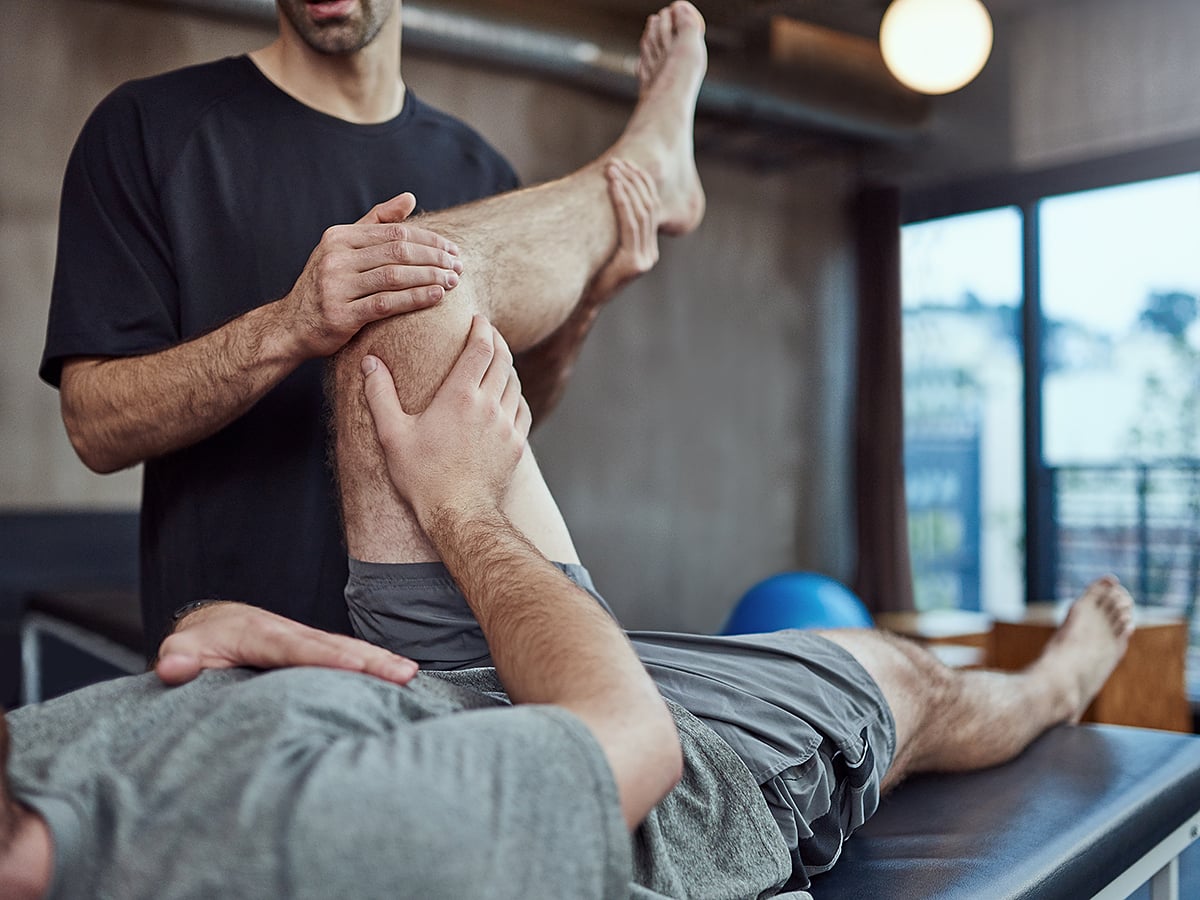
How can physiotherapy help with bowel problems?
There are many different types of bowel problems that physiotherapy may help with in men, women and children. Pelvic floor muscles often play an important role in treatment, however depending on the individual and the problem, these muscles may be too tight, too weak or uncoordinated. Physiotherapy treatment usually involves education and advice, tips on toilet positioning, learning how to coordinate abdominal and pelvic floor muscles, as well as pelvic floor muscle contraction and/or relaxation exercises.
Common issues physiotherapy can help with:
Chronic constipation
Constipation may be described as feeling like you can't empty your bowels at all, you can't empty it all out or you have to strain a lot to empty. Some women find they have to urinate a lot because the full rectum is pressing on the bladder. There are many different reasons, however up to half of adults with chronic constipation are unable to coordinate the abdominal and pelvic floor muscles to empty the bowels.
Incontinence
Anal or faecal incontinence (AI or FI) is the accidental leakage of wind or stool (poo), including staining in your underwear.
Up to 1/4 of adult Australians are reported to have some type of AI/FI and this prevalence is most likely under-reported due to the embarrassing nature of this issue. This is also not just a problem for older adults, there is a high number of younger women involved in high-level sports who are leaking wind and/or stool in exercise.
Pelvic pain
Pain in and around the genital area affects many Australian men and women. Symptoms related to anal or rectal pain can include pain and difficulty with emptying bowels, pain with sex and severe pain with periods.
Pelvic organ prolapse (POP)
Women can have a dropping of their bowel into their vagina (often called a rectocele). Symptoms generally include the feeling like there is a lump in the vagina (particularly when the bowels are full), the need for using fingers to press into the vagina to empty the bowels and difficulty fully emptying the bowels.
References
[1-5]
- Bols, E.M., et al., A randomized physiotherapy trial in patients with fecal incontinence: design of the PhysioFIT-study. BMC Public Health, 2007. 7: p. 355.
- Chiarioni, G., S. Heyman, and W.E. Whitehead, Biofeedback therapy for dyssynergic defecation. World J Gastroenterol, 2006. 12(44): p. 7069-7074.
- Rao, S.S., Biofeedback therapy for constipation in adults. Best Pract Res Clin Gastroenterol, 2011. 25(1): p. 159-66.
- Simren, M., O.S. Palsson, and W.E. Whitehead, Update on Rome IV Criteria for Colorectal Disorders: Implications for Clinical Practice. Curr Gastroenterol Rep, 2017. 19(4): p. 15.
- Vitton, V., et al., Impact of high-level sport practice on anal incontinence in a healthy young female population. J Womens Health (Larchmt), 2011. 20(5): p. 757-63.
Original Article Credit
Author: Lori Forner
Publication: Pelvic Health Physiotherapy
View original article: www.loriforner.com
